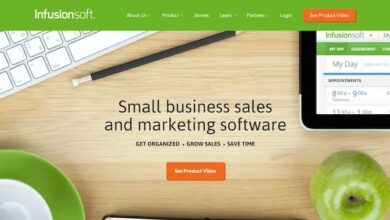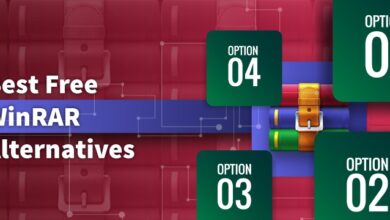Content Migration Strategies for Upgrading Your Enterprise Content Management Systems

Businesses constantly need help to stay up with shifting customer expectations and evolving technologies in today’s fast-paced digital market. Maintaining up-to-date and effective Enterprise Content Management (ECM) systems is critical for enterprises that depend on them. It becomes necessary to upgrade your system as ECM software continues to evolve. Content migration, however, is one of this process’s trickiest parts. This article will discuss the value of updating your ECM system and look at practical content migration techniques to make the move go smoothly.
The Challenges of Content Migration:
Transferring information and documents from your outdated ECM system to the upgraded one is known as content migration. It’s a complex procedure that can provide difficulties if not carried out correctly. The following are some typical difficulties with content migration:
- Data Loss: There is a chance that data will be lost or corrupted during a move, which could have disastrous effects on your company.
- Downtime: When content is migrated, there may be a system outage, affecting output and aggravating users.
- Preservation of Metadata: To keep searchability and content organization, metadata must be accurately transported.
- Compatibility Problems: When transferring content across various ECM systems, compatibility problems that need to be fixed may arise.
Content Migration Strategies for Success
A seamless upgrade is crucial for organizational efficiency in Enterprise Content Management (ECM) solutions. Employing well-thought-out content migration strategies is the key to ensuring a successful transition. Here are practical steps organizations should consider: assessment and planning, data cleansing, tool selection, data backup, testing, validation, user training, and phased migration.
Assessment and Planning
The foundation of a successful content migration lies in a thorough assessment and planning phase. Organizations need to conduct a comprehensive evaluation of their existing ECM system. This involves understanding the types and volumes of content stored, the metadata employed, and the organization’s specific needs. This insightful information serves as the guiding force behind formulating an effective migration plan. Also check Ways To Use Interactive Content.
Data Cleansing
Before embarking on the migration journey, organizations should consider a data cleansing process. This involves the elimination of redundant or outdated content. Organizations can significantly reduce migration time and costs by streamlining the content pool. A meticulous data cleansing strategy ensures that only relevant and valuable information is transferred to the upgraded ECM system.
Choose the Right Tools
Selecting the appropriate tools is paramount in facilitating a smooth content migration. Numerous ECM vendors offer specialized migration utilities or software designed to integrate with their systems seamlessly. Leveraging these tools simplifies the migration process, ensuring accuracy and efficiency in transferring data from the old system to the upgraded ECM solution.
Backup Data
Mitigating risks is a fundamental aspect of content migration. Before initiating the process, organizations should prioritize creating backups of their content. This preventive measure safeguards against potential data loss or corruption during the transition. With a reliable backup, organizations can confidently migrate, knowing their data is secure.
Testing and Validation
Thorough testing is imperative to ensure the accuracy of the migrated content. Organizations should validate that metadata is preserved and access controls are correctly configured in the upgraded ECM system. This step helps identify and rectify discrepancies before the system goes live, guaranteeing a seamless transition without compromising data integrity.
User Training
Preparing users for the transition is a critical component of content migration success. Providing comprehensive training on the new ECM system minimizes disruptions and ensures that users are well-equipped to navigate and utilize the upgraded platform. Investing in user education fosters a smooth transition, reducing resistance and enhancing overall organizational adaptability.
Phased Migration
Opting for a phased migration approach is a strategic move that minimizes disruption. Organizations can start by migrating less critical data, allowing for a learning curve and adjustment of migration strategies. This phased approach enables organizations to fine-tune their content migration processes based on insights gained from each phase, optimizing the overall success of the ECM solution upgrade.
Conclusion:
In conclusion, the dynamic landscape of digital markets, keeping pace with evolving technologies and meeting customer expectations is a constant challenge for businesses. The importance of maintaining updated Enterprise Content Management (ECM) systems cannot be overstated. As ECM solutions evolve, system upgrades become a necessity.
Thus, successful content migration is a multifaceted endeavor that requires meticulous planning, strategic implementation, and user-focused considerations. By following these comprehensive content migration strategies, organizations can ensure a smooth transition to an upgraded ECM solution, fostering enhanced efficiency and productivity.



